KENNEDY SPACE CENTER, FL – Boeing expects to launch the first unmanned test flight of their commercial CST-100 manned ‘space taxi’ in “early 2017,” said Chris Ferguson, commander of NASA’s final shuttle flight in an exclusive one-on-one interview with Universe Today for an inside look at Boeing’s space efforts. Ferguson is now spearheading Boeing’s human spaceflight capsule project as director of Crew and Mission Operations.
“The first unmanned orbital test flight is planned in January 2017 … and may go to the station,” Ferguson told me during a wide ranging, in depth discussion about a variety of human spaceflight topics and Boeing’s ambitious plans for their privately developed CST-100 human rated spaceship – with a little help from NASA.
Boeing has reserved a launch slot at Cape Canaveral with United Launch Alliance (ULA), but the details are not yet public.
If all goes well, the maiden CST-100 orbital test flight with humans would follow around mid-2017.
“The first manned test could happen by the end of summer 2017 with a two person crew,” he said.
“And we may go all the way to the space station.”
Boeing is among a trio of American aerospace firms, including SpaceX and Sierra Nevada Corp, vying to restore America’s capability to fly humans to Earth orbit and the space station by late 2017, using seed money from NASA’s Commercial Crew Program (CCP) in a public/private partnership. The next round of contracts will be awarded by NASA about late summer 2014.
That’s a feat that America hasn’t accomplished in nearly three years.
“It’s been over 1000 days and counting since we landed [on STS-135],” Ferguson noted with some sadness as he checked the daily counter on his watch. He is a veteran of three space flights.
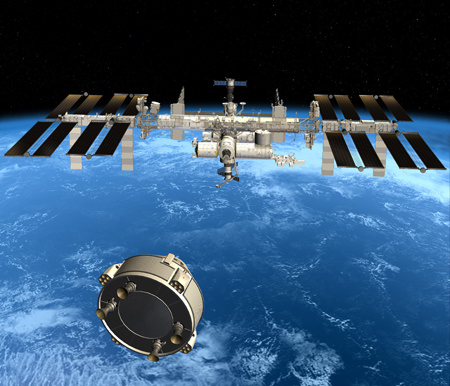
Since the shuttles retirement in July 2011 following touchdown of Space Shuttle Atlantis on the last shuttle flight (STS-135) with Ferguson in command, no American astronauts have launched to space from American soil on American rockets and spaceships.
The only ticket to the ISS and back has been aboard the Russian Soyuz capsule.
Chris and the Boeing team hope to change the situation soon. They are chomping at the bits to get Americas back into space from US soil and provide reliable and cost-effective US access to destinations in low Earth orbit like the ISS and the proposed private Bigelow space station.
Boeing wants to send its new private spaceship all the way to the space station starting on the very first unmanned and manned test flights currently slated for 2017, according to Ferguson.
“NASA wants us to provide [crew flight] services by November 2017,” said Ferguson, according to the terms of the CCP contact award.”
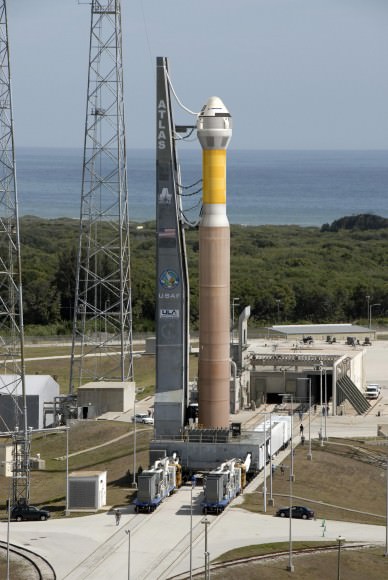
The CST-100 will launch atop a man rated Atlas V rocket and carry a mix of cargo and up to seven crew members to the ISS.
“So both the first unmanned and manned test flight will be in 2017. The first unmanned orbital flight test is currently set for January 2017. The first manned test could be end of summer 2017,” he stated.
I asked Chris to outline the mission plans for both flights.
“Our first flight, the CST-100 Orbital Flight Test – is scheduled to be unmanned.”
“Originally it was just going to be an on orbital test of the systems, with perhaps a close approach to the space station. But we haven’t precluded our ability to dock.
“So if our systems mature as we anticipate then we may go all the way and actually dock at station. We’re not sure yet,” he said.
So I asked whether he thinks the CST-100 will also go dock at the ISS on the first manned test flight?
“Yes. Absolutely. We want go to all the way to the space station,” Ferguson emphatically told me.
“For the 1st manned test flight, we want to dock at the space station and maybe spend a couple weeks there.”
“SpaceX did it [docking]. So we think we can too.”
“The question is can we make the owners of the space station comfortable with what we are doing. That’s what it really comes down to.”
“As the next year progresses and the design matures and it becomes more refined and we understand our own capability, and NASA understands our capabilities as the space station program gets more involved – then I’m sure they will put the same rigor into our plan as they did into the SpaceX and Orbital Sciences plans.”
“When SpaceX and Orbital [wanted to] come up for the grapple [rather than just rendezvous], NASA asked ‘Are these guys ready?’ That’s what NASA will ask us.”
“And if we [Boeing] are ready, then we’ll go dock at the station with our CST-100.”
“And if we’re not ready, then we’ll wait another flight and go to the station the next time. It’s just that simple.”
“We looked at it and this is something we can do.”
“There are a lot of ways we have to make NASA and ourselves happy. But as a company we feel we can go do it,” Ferguson stated.
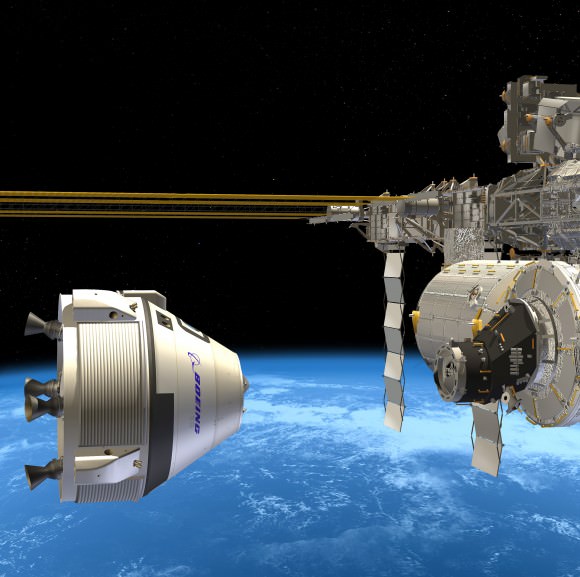
So the future looks promising.
But the schedule depends entirely on NASA funding levels approved by Congress. And that vital funding has been rather short on supply. It has already caused significant delays to the start of the space taxi missions for all three companies contending for NASA’s commercial crew contracts because of the significant slashes to the agency’s CCP budget request, year after year.
In fact the schedule has slipped already 18 months to the right compared to barely a few years ago.
So I asked Chris to discuss the CCP funding cuts and resulting postponements – which significantly affected schedules for Boeing, SpaceX and Sierra Nevada.
Here it is in a nutshell.
“No Bucks, No Buck Rogers,” explained Ferguson.
“The original plan was to conduct both the unmanned and manned CST-100 test flights in 2015.”
“Originally, we would have flown the unmanned orbital test in the summer of 2015. The crewed test would have been at the end of 2015.”
“So both flights are now a full year and a half later.” Ferguson confirmed.
“For the presidents [CCP] funding requests for the past few years of roughly about $800 million, they [Congress] only approved about half. It was significantly less than the request.”
Now at this very moment Congress is deliberating NASA’s Fiscal 2015 budget.
NASA Administrator Charles Bolden has said he will beg Congress to approve full funding for the commercial crew program this year – on his hands and knees if necessary.
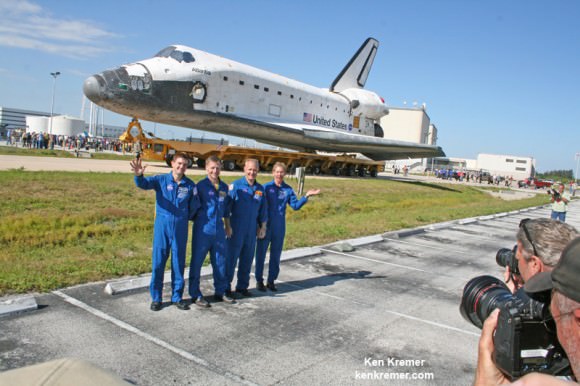
Otherwise there will be further delays to the start of the space taxi missions. And the direct consequence is NASA would be forced to continue buying US astronaut rides from the Russians at $70 Million per seat. All against the backdrop of Russian actions in the Ukraine where deadly clashes potentially threaten US access to the ISS in a worst case scenario if the ongoing events spin even further out of control and the West ratchets up economic sanctions against Russia.
The CST-100 is designed to be a “simple ride up to and back from space,” Ferguson emphasized to me.

It is being designed at Boeing’s Houston Product Support Center in Texas.
In Part 2 of my interview, Chris Ferguson will discuss the details about the design, how and where the CST-100 capsule will be manufactured at a newly renovated, former space shuttle facility at NASA’s Kennedy Space Center in Florida.
Stay tuned here for Ken’s continuing Boeing, SpaceX, Orbital Sciences, commercial space, Orion, Curiosity, Mars rover, MAVEN, MOM and more planetary and human spaceflight news.
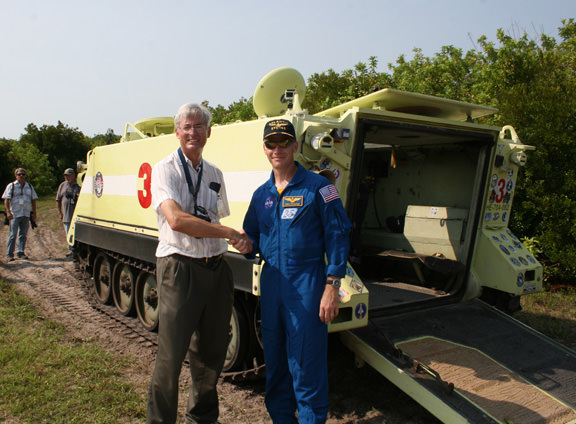
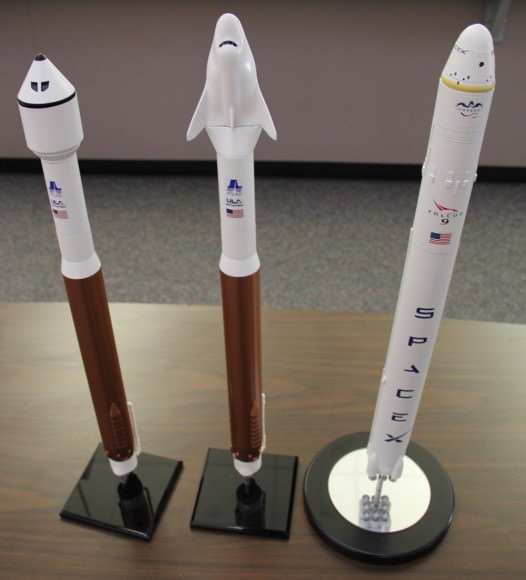

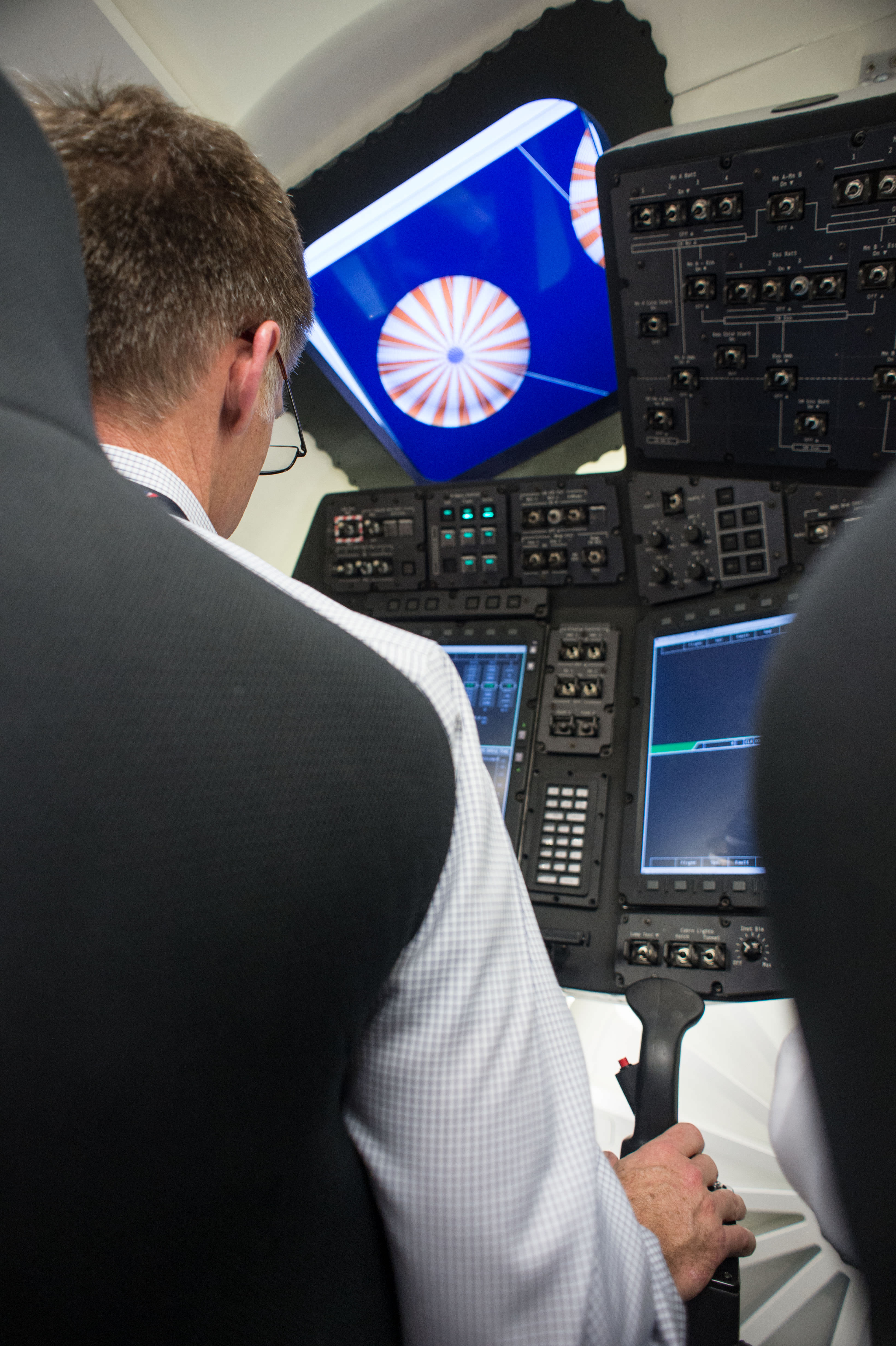
Ken: I envy you in these pieces where you pal around with astronauts!
Thanks. its out of this world fun to see lots from NASA from the inside – and then report and give presentations about it
I notice that the model of the Falcon 9 is a v1.0 rather than a v1.1. So it would be about 50% taller than the other Atlas V?
Boeing entry relies on Russian rocket engines in the Atlas V. Problematical.
I don’t think so. If the russian engines go, so does the russian Soyuz. If Soyuz goes, there is no ISS (I believe the russian part relies on the american for power), so no urgent LEO target.
@phil: I don’t think so. If the russian engines go, so does the russian Soyuz. If Soyuz goes, there is no ISS (I believe the russian part relies on the american for power), so no urgent LEO target.
Seems managing to open a proper reply took away my ability to delete the misplaced one. :-/
I wonder how quickly Dragon could realistically be astronaut capable.